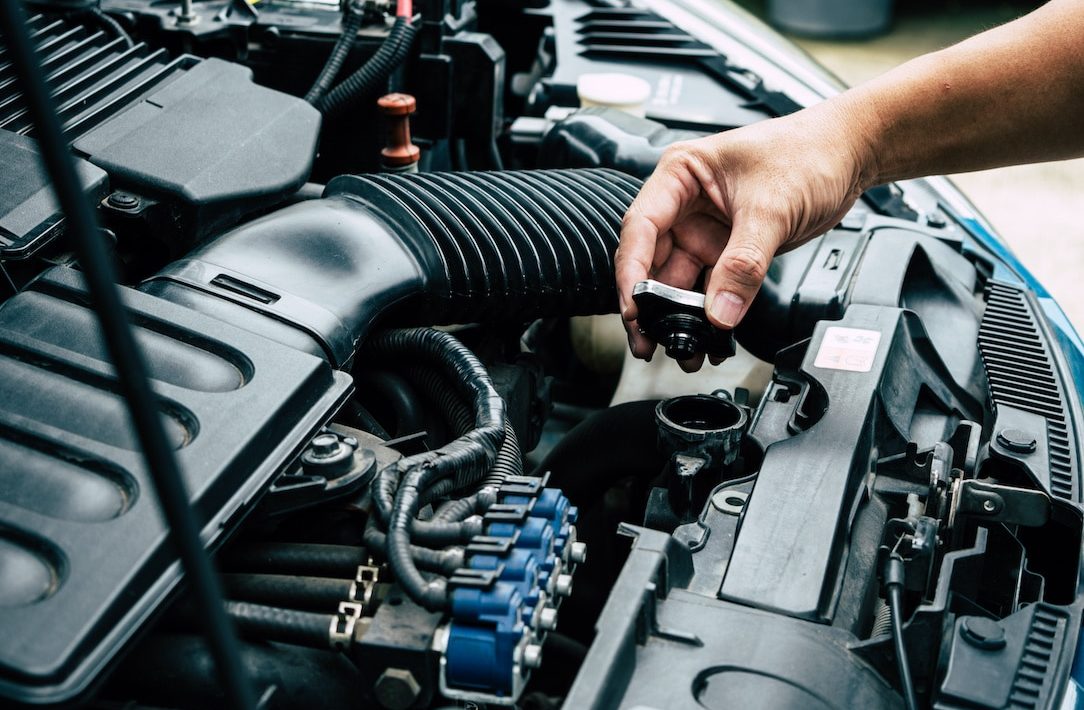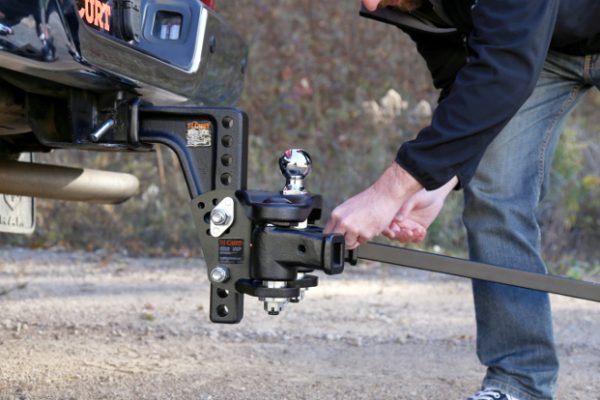With your engine’s moving parts and its combustion process, high friction and temperatures are par for the course. Without the radiator keeping things cool, temperatures can easily soar to a whopping 4,500 degrees Fahrenheit. That’s hot enough to melt both steel and aluminum. With a properly functioning radiator, combustion chamber temperatures remain between 265 and 475 degrees Fahrenheit. Learning about your vehicle’s radiator can help you perform proper maintenance and take care of minor repairs before they become major problems.
Radiator Leaks & Hose Replacements
Radiators transfer heat away from a vehicle’s engine to the surrounding air. While they usually do their jobs without much fuss, they can develop problems. Knowing about typical radiator issues can help you identify them. Faults can occur in several different areas:
- Coolant hoses: Radiators rely on hoses to route coolant through the engine. Aging, cracked, or brittle hoses cause leaks. You may notice coolant loss or visible damage such as fissures, bubbling, or bulging.
- Radiator cap: The radiator cap helps maintain optimal coolant pressures within the radiator. Faulty caps or cap seals cannot perform this function, which can cause leaks. You may hear hissing noises from the radiator. Other symptoms include coolant loss and coolant spraying from the radiator during driving or idling.
- Radiator core leaks: The radiator core incorporates small tubes and fins for optimum heat exchange. Corrosion, rust, or frequent overheating can damage these fins and tubes. Leaks in the radiator core may cause coolant loss. You may also notice a milky substance in the coolant. This occurs when engine oil blends with and contaminates the coolant.
When these problems occur, parts replacement is often the only solution. Some issues only call for replacing hoses, radiator caps, gaskets, or seals. If there’s a radiator core problem, you may need to install a new core.
Prevention and Maintenance
Radiator leaks lead to engine overheating and severe damage. Eventually, this can destroy your engine. Proper maintenance and prompt attention to repairs can prevent these outcomes. First, you should check your coolant levels every six months. All you need to do is open your vehicle’s hood and look for the clear plastic coolant reservoir. The fluid should be translucent and close to its original color.
During these regular coolant checks, you should top off your coolant as needed. You’ll want to use a 50-50 mixture of antifreeze and distilled water or premixed coolant. Your system also needs a complete coolant flush every 30,000 miles or as recommended by the manufacturer. Periodic flushes clear out rust and other compounds that can impede airflow in your radiator’s core.
As part of regular maintenance, you should also inspect your radiator hoses monthly. While you’re at it, check the radiator cap and make sure it’s properly sealed. Just like car battery replacement, your hoses will eventually need replacement. Even if they don’t exhibit obvious physical problems, you should still replace them every four years.
Buying Your Radiator Parts
Whether you need radiator hoses, replacement lamp bulbs, or filters for car, it’s wise to purchase your components from a reliable auto parts retailer. Choose a retailer with an extensive selection, great customer service, and convenient delivery/pickup options.





